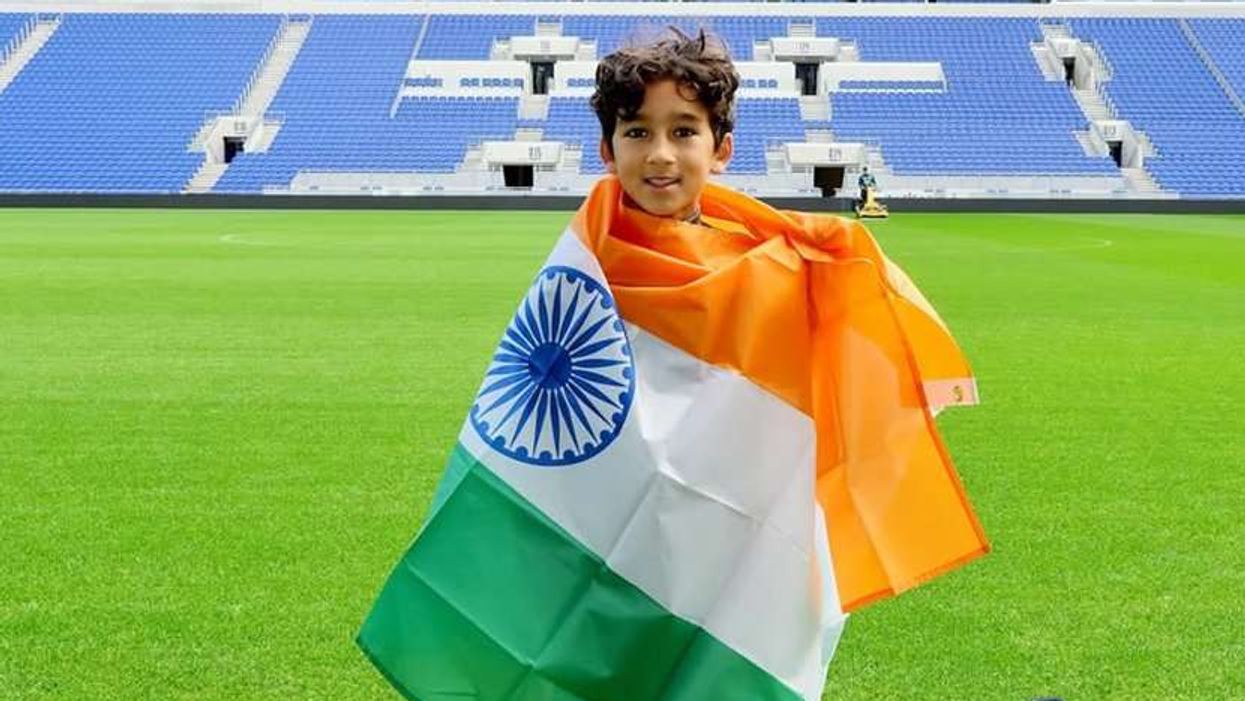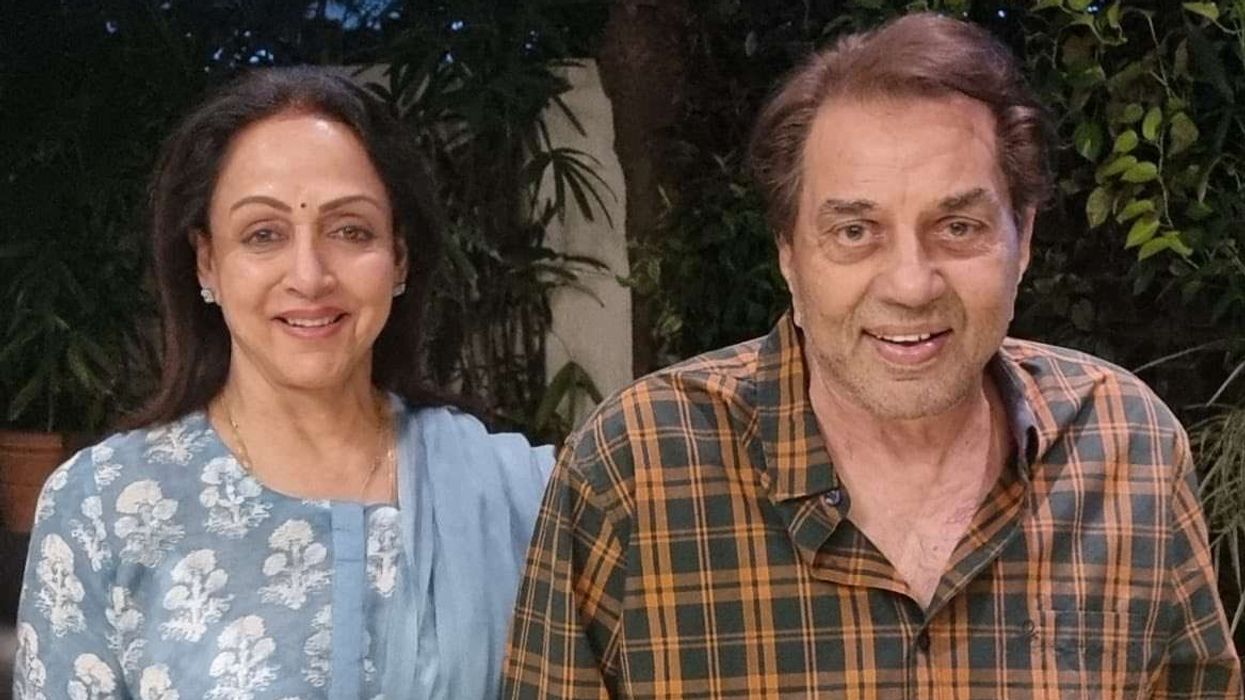For Dr Vinayak Salunke, flashlights worth less than $10 each are one of the most valuable assets at the Vihamandra health centre in Aurangabad in India's western state of Maharashtra.
With the clinic serving a population of 48,000, Salunke must prepare for up to six hours of power cuts daily, rather like a surgeon scrubbing up for surgery.
"We don't have power back-up, so the torch batteries are vital. We check them every day," he said. "We also monitor the temperature of our refrigerator constantly to make sure vaccines and drugs are safe. It's become a way of life now."
The health centre is one of tens of thousands in India with little or no power supply that are now looking for alternative ways to stay functional.
Across several states in India, government health centres are gradually turning to solar energy for a reliable power supply to store their vaccines, operate infant warmers, sterilise equipment and cut the time spent caring for patients.
Up to now, solar has been deployed at such facilities mostly on a small scale, not as the main source of electricity.
To change that, a pilot project launching this month in Tamil Nadu, Maharashtra and Haryana states aims to set up replicable, cost-effective solar power plants at health centres - the first point of access to a doctor for rural residents - and evaluate their impact on healthcare delivery.
The Indian Council of Medical Research and the Council on Energy, Environment and Water (CEEW), a non-profit research institute, are collaborating to light up three centres and meet their essential operational requirements.
"The aim... is to create resilient health systems in rural India, benefiting primarily women and children," said Soumya Swaminathan, director-general of the medical research council.
"Illnesses do not come based on the time electricity is available. Any time a patient comes, electricity should be available to enable quality health services."
Nearly 35 million people in rural India relied on un-electrified primary health centres as of 2015, according to government data.
One in every two primary health centres has no electricity or suffers from power outages, Swaminathan said.
A 2016 CEEW report states that only a fifth of primary health centres meet Indian public health standards, which includes having functional infrastructure for electricity.
THE LAST MILE
Centres that are connected to the grid battle with an erratic, poor-quality power supply that puts at risk baby deliveries, paediatric emergencies and cold storage of vaccines, campaigners say.
Electricity access is also needed for clean water supplies, communication services, mobile health applications and retention of skilled staff, they add.
"We came across instances where long power cuts forced doctors to rush vaccines to another health centre 20-odd kilometres away, only to discover that there was no electricity there either," said Aditya Ramji of the CEEW, which is collaborating with the government on the pilot project.
"No power is making the last-mile delivery of health care extremely difficult," he added.
In many cases, diesel generators have become a lifeline for primary health centres, their constant hum the only assurance of sustained electricity to doctors and patients.
BETTER CARE
At the Sholurmattam primary health centre in the hills of Kotagiri in the southern state of Tamil Nadu, Dr Sethu Raman has spent the last two weeks trying to get a generator fixed.
Catering to a population of more than 18,000, the centre has had to fall back on emergency torch lights to make sure babies are delivered and vaccines are safe, all the while trying to get its power restored.
"The complaints have been made, but nobody has found the time yet to trek up to the hills and fix the problem," Raman said. "I'm even willing to spend my own money to get it running because without electricity, the care I provide will never be optimum."
Many states, including Chhattisgarh and Tripura, have already set up small-scale solar systems for their health centres, each with different specifications and at a high cost.
But in most cases, the solar power is used only to run fans and a few light bulbs, as well as keeping cold storage operational, campaigners say, pointing to a lack of monitoring and no clear strategy to scale up efforts.
"This project will see the potential of looking at solar as the primary source of electricity, and not necessarily only as a back-up," Swaminathan said.
"The ultimate objective is to be able to power all critical services through solar in the event of a grid failure."
To make sure the new approach can work across the health system, it is being tested at centres with varying needs, from basic treatment to minor surgery, Ramji said.
"It will help us test the reliability of the solar plants we are developing, facilitate more centres to operate 24/7, and reduce the time taken to care for each patient," he said.
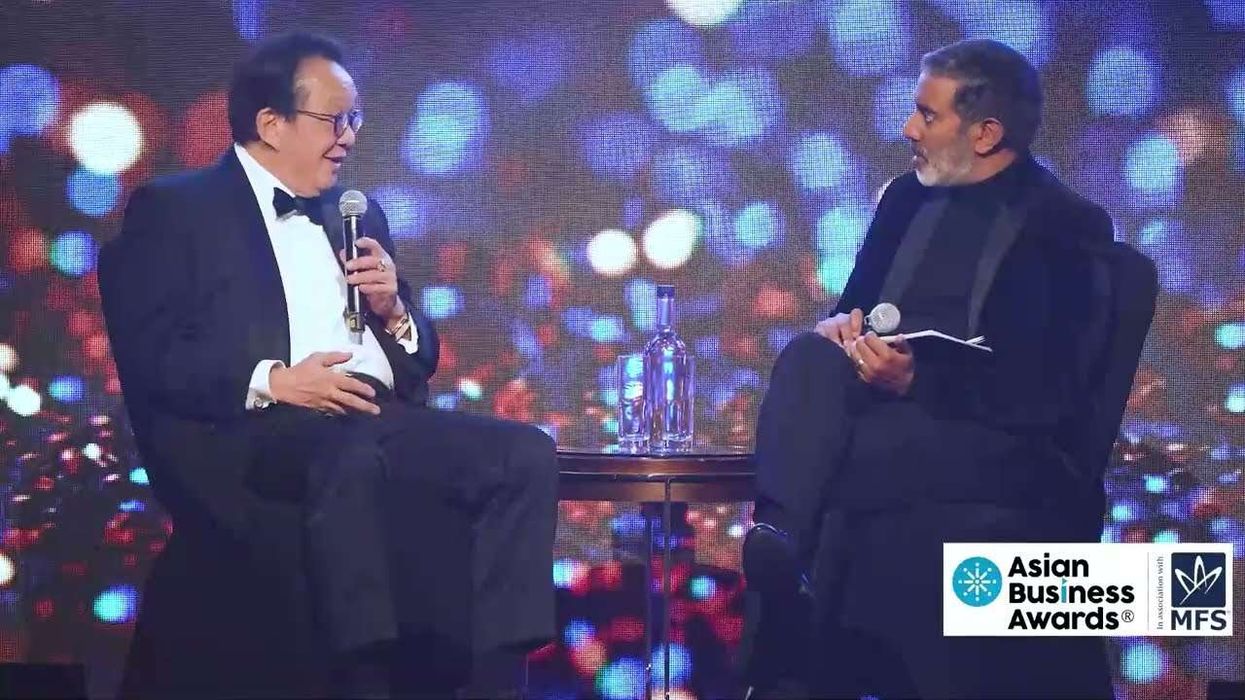
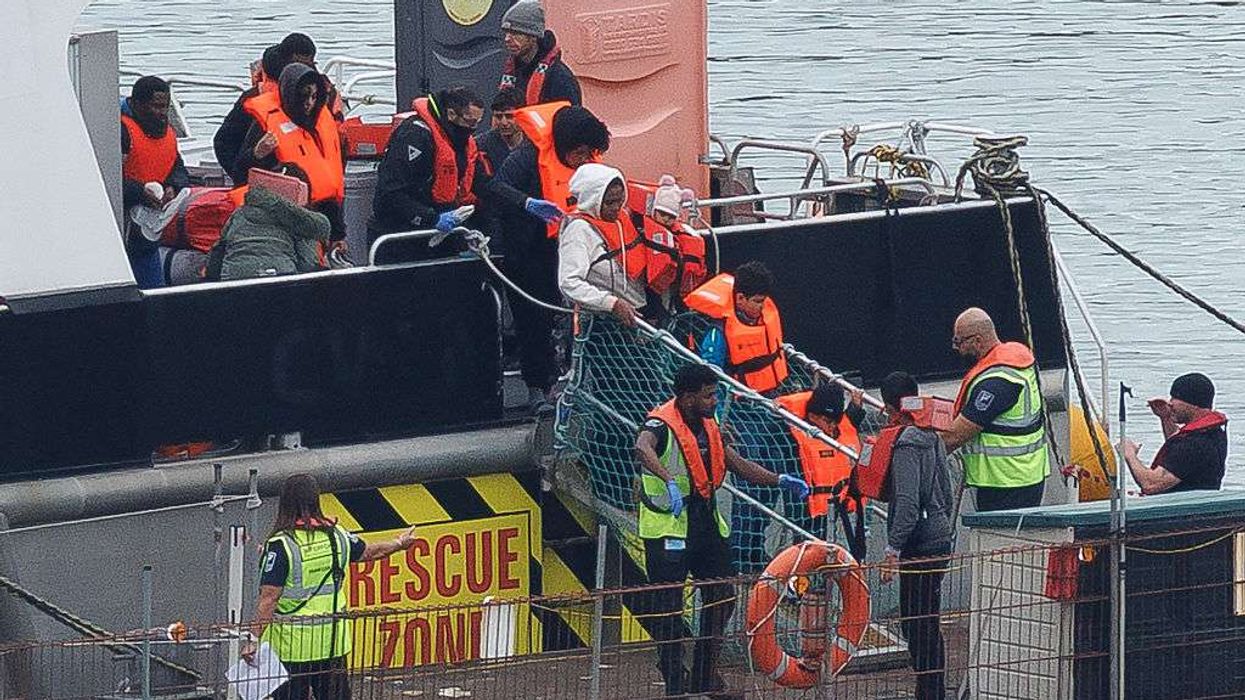
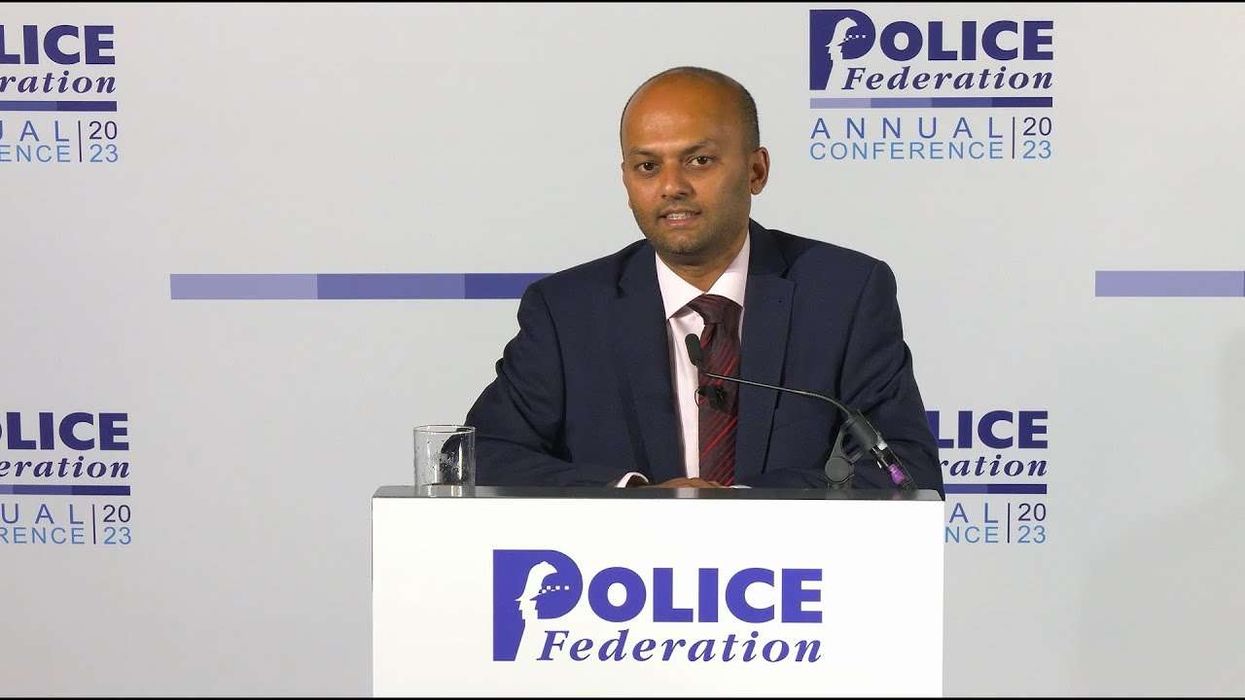
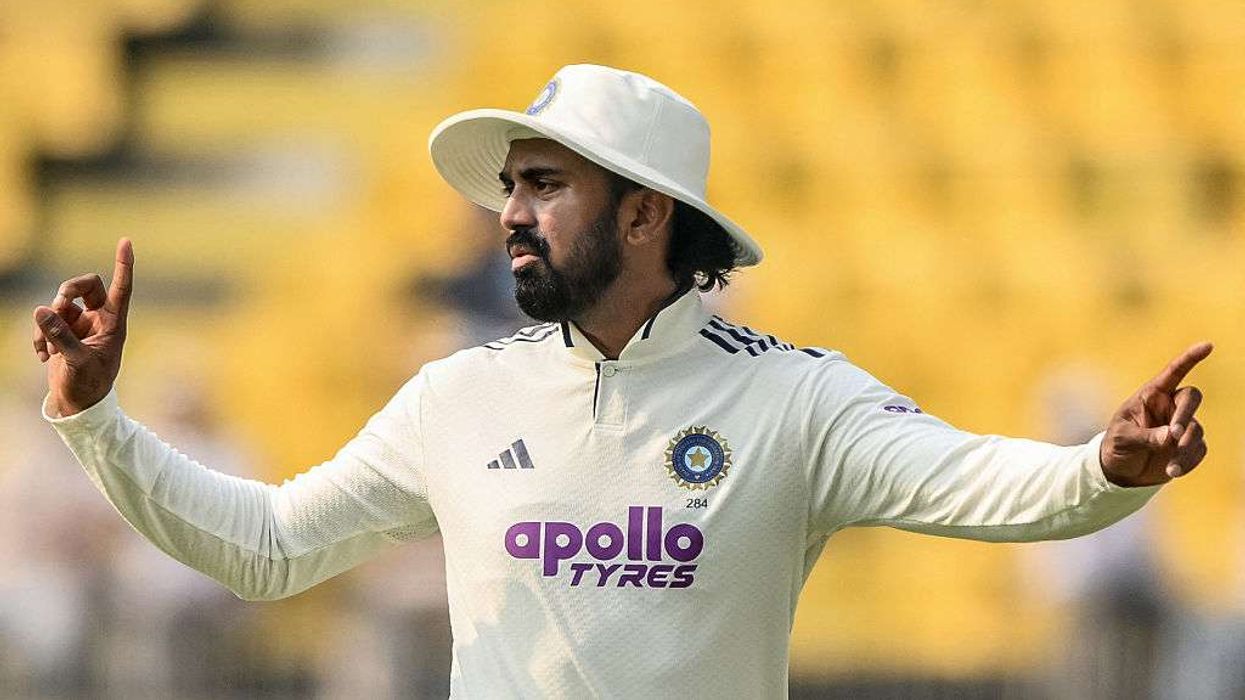

 Holiday fans celebrate Leona Lewis' One More Sleep topping the UK streaming charts Youtube Screengrab
Holiday fans celebrate Leona Lewis' One More Sleep topping the UK streaming charts Youtube Screengrab 